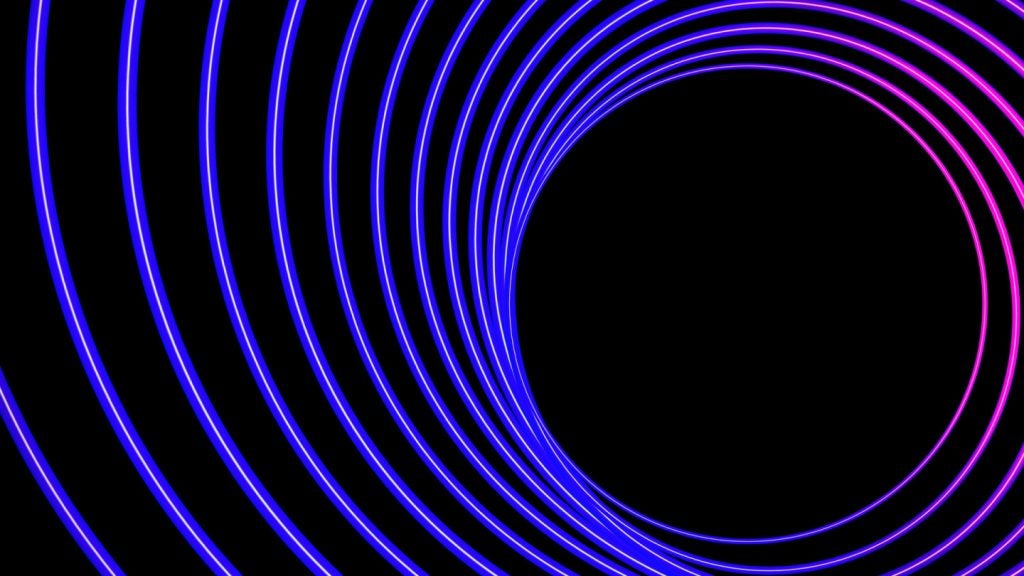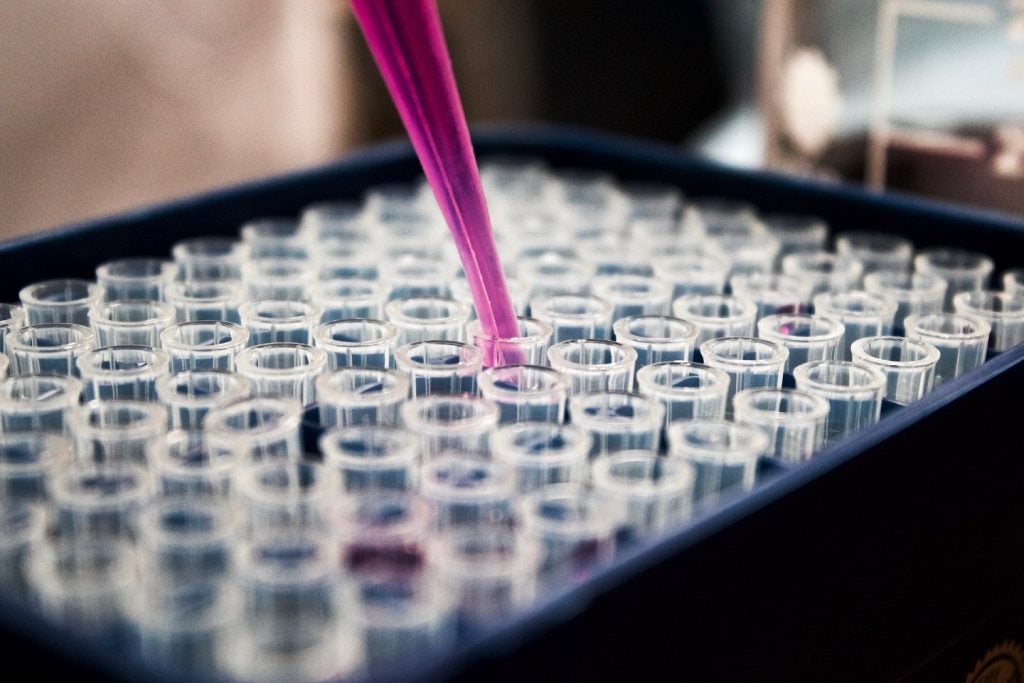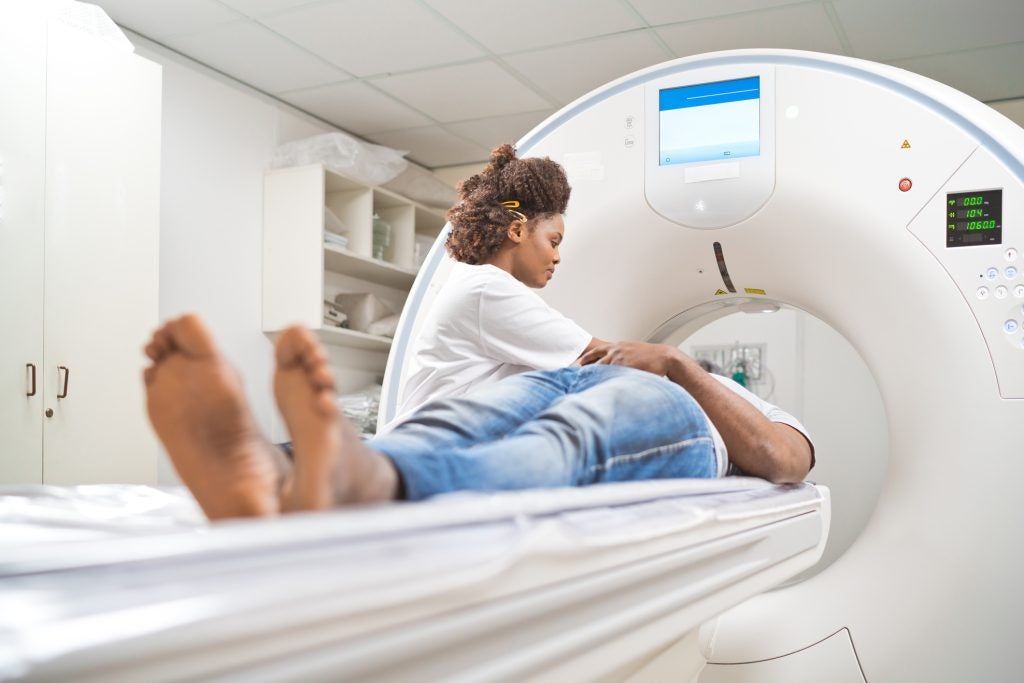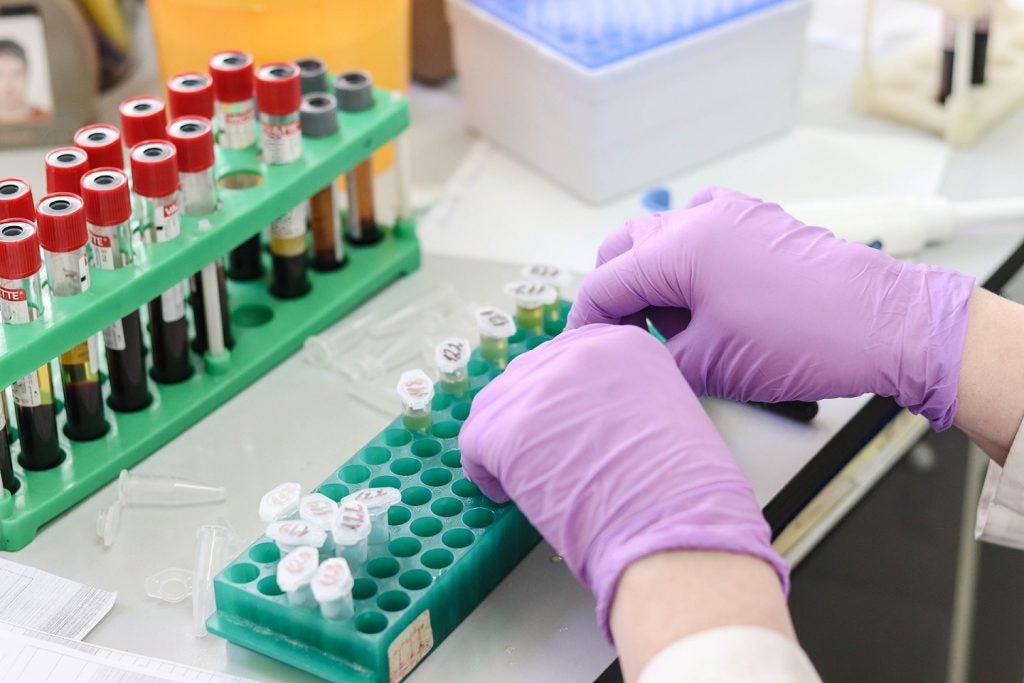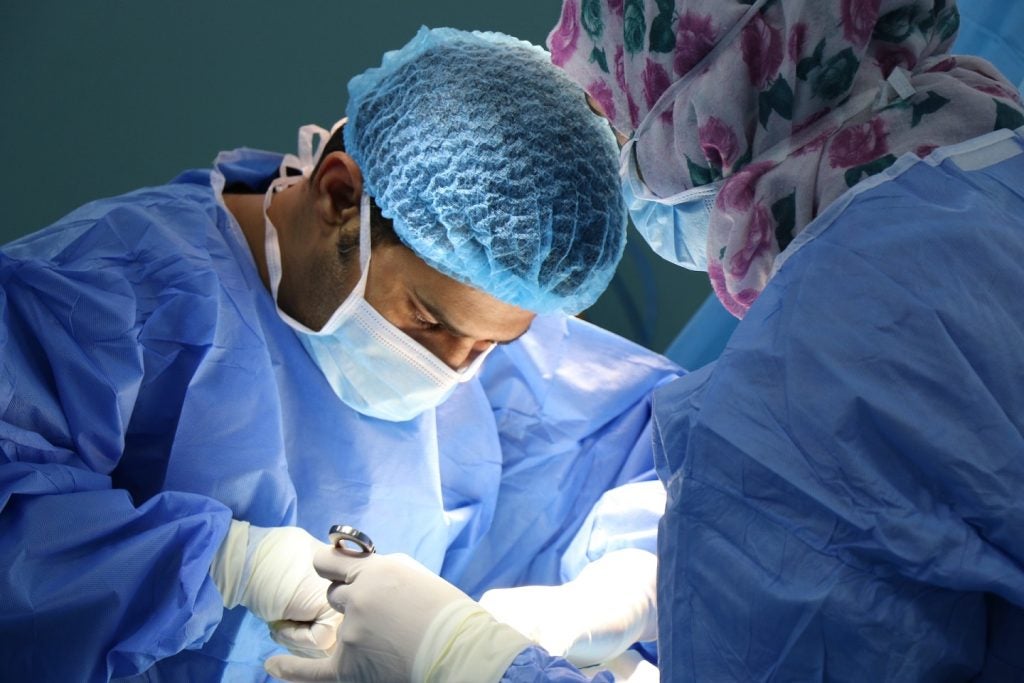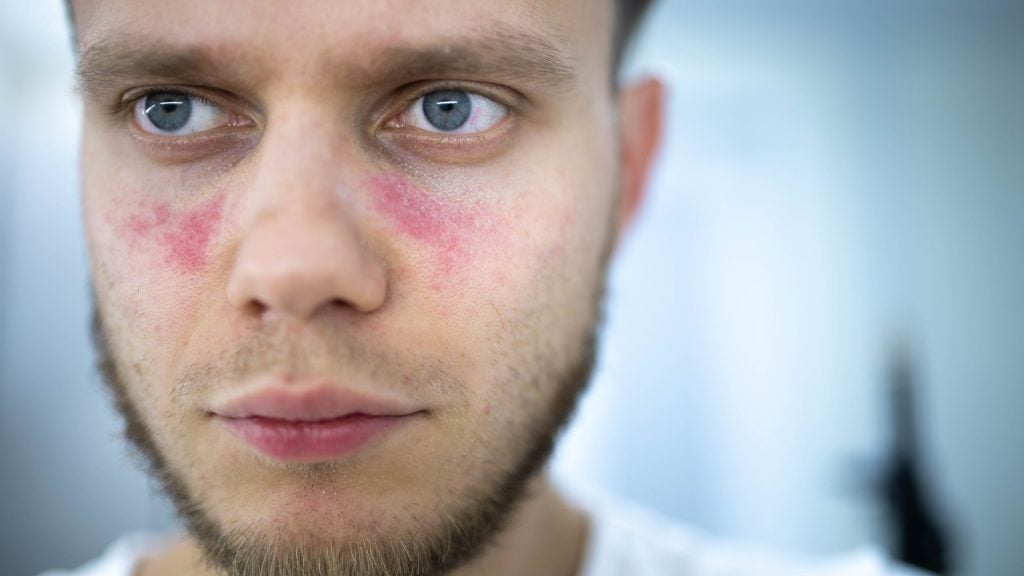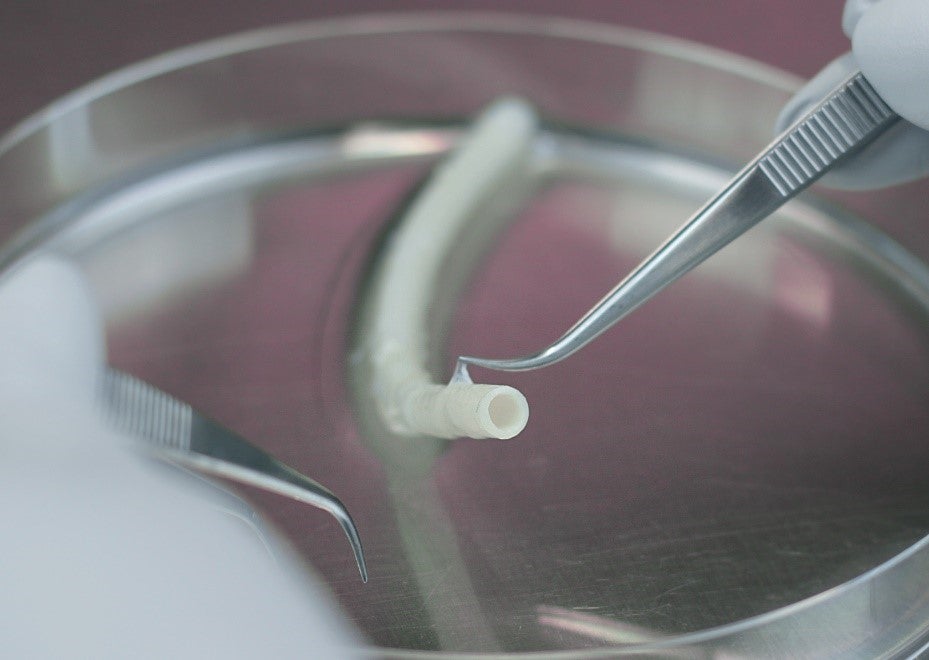Microbubbles serve as contrast agents in ultrasound imaging. They enable clearer visualisation of blood vessels and tissues, offering real-time insights into dynamic processes and increasing the accuracy of diagnostic assessments. They can also be tailored to have specific properties such as size and surface characteristics, affecting their ability to encapsulate different molecules and to optimise and customise behavior in vivo.
Ultrasound imaging is experiencing rapid growth due to its non-ionising nature, portability and cost-effectiveness. Its real-time imaging capabilities are useful for preventive screening and monitoring changes over time, and its minimal risks and increased accessibility make it a preferred choice for a number of medical applications. Therefore, there is an emerging market opportunity for products such as contrast agents that further enhance ultrasound technology and applications.
According to GlobalData, a leading data and analytics company, the demand for microbubbles is expected to increase with the growing preference for non-invasive procedures and personalised medicine, especially in cardiology, oncology and neurology, where precise imaging is critical for accurate diagnosis and monitoring. Lantheus (Definity and Optison) currently dominates the ultrasound contrast agent microbubbles market with more than 75% of market share, while GE Healthcare (Sonozoid) and Bracco Imaging (SonoVue) split the remaining share.
AI is being integrated into ultrasound imaging
Current pipeline products aim to improve microbubble effectiveness by increasing circulation time in the bloodstream and improving their contrast-to-noise ratio. While microspheres are primarily utilised in ultrasound imaging, there is also research exploring their use in targeted drug delivery. Since microbubbles act as carriers, they could be used to minimise systemic side effects and enhance treatment efficiency by delivering small molecules such as drugs, antibodies, nucleic acids and viruses to specific locations in the body. With observation using ultrasound imaging, this real-time monitoring has uses for therapeutic applications.
Another noteworthy trend is the integration of artificial intelligence (AI) in ultrasound imaging. AI algorithms are being developed to analyse the data obtained from ultrasound scans, including information enhanced by microbubble contrast agents, and could be used to automate the interpretation of imaging results, leading to quicker and more accurate diagnoses.
Collaborations between pharmaceutical companies, research institutions and medical device manufacturers will be imperative to facilitate the accelerated development and commercialisation of advanced ultrasound contrast agents. Innovative research is needed to explore new formulations and manufacturing techniques that improve stability and imaging capabilities, but healthcare professionals acknowledge the technology's ability to produce precise diagnostic information, and there is potential for microbubbles to play an increasingly vital role in diverse medical applications.


